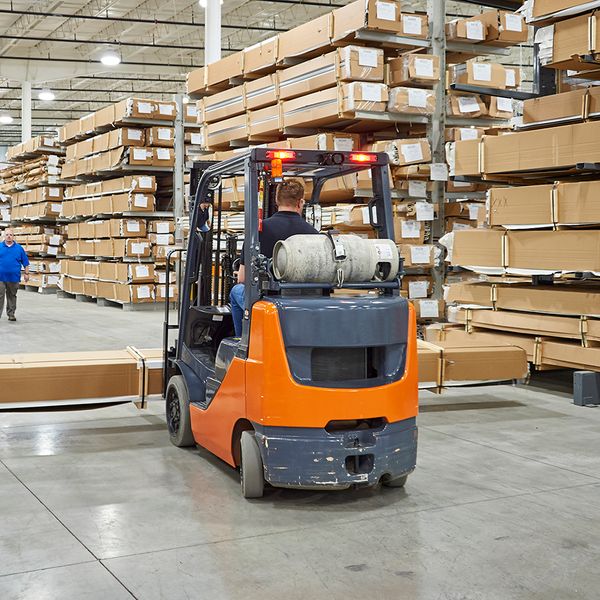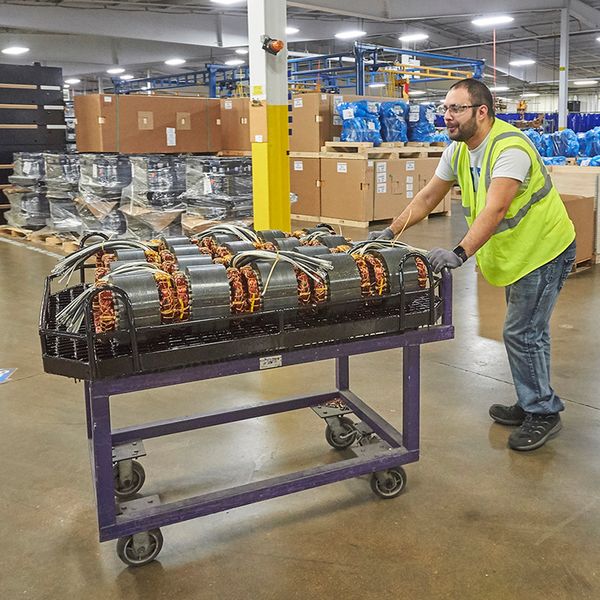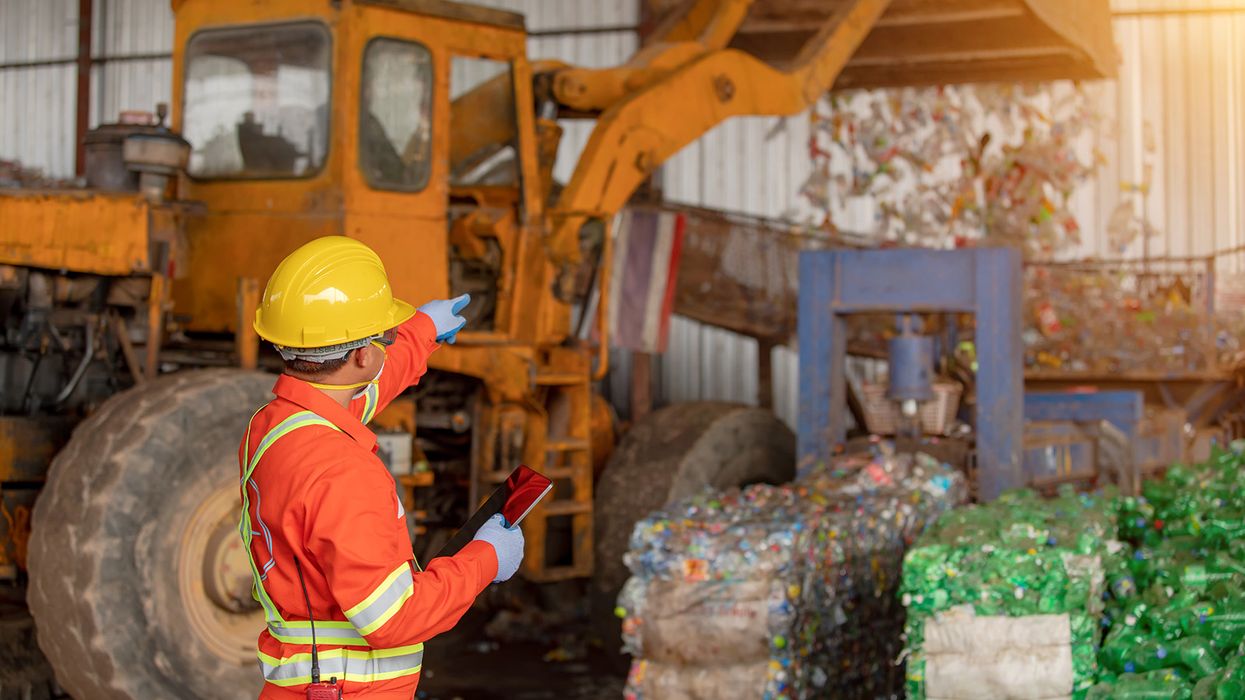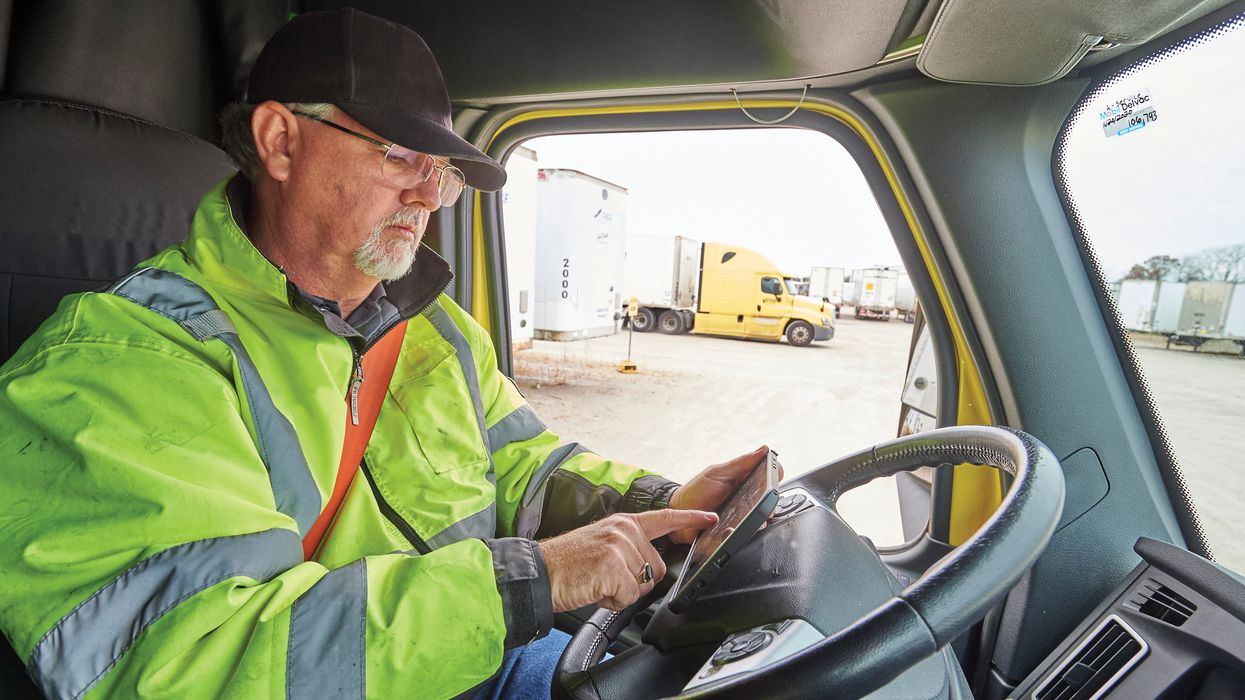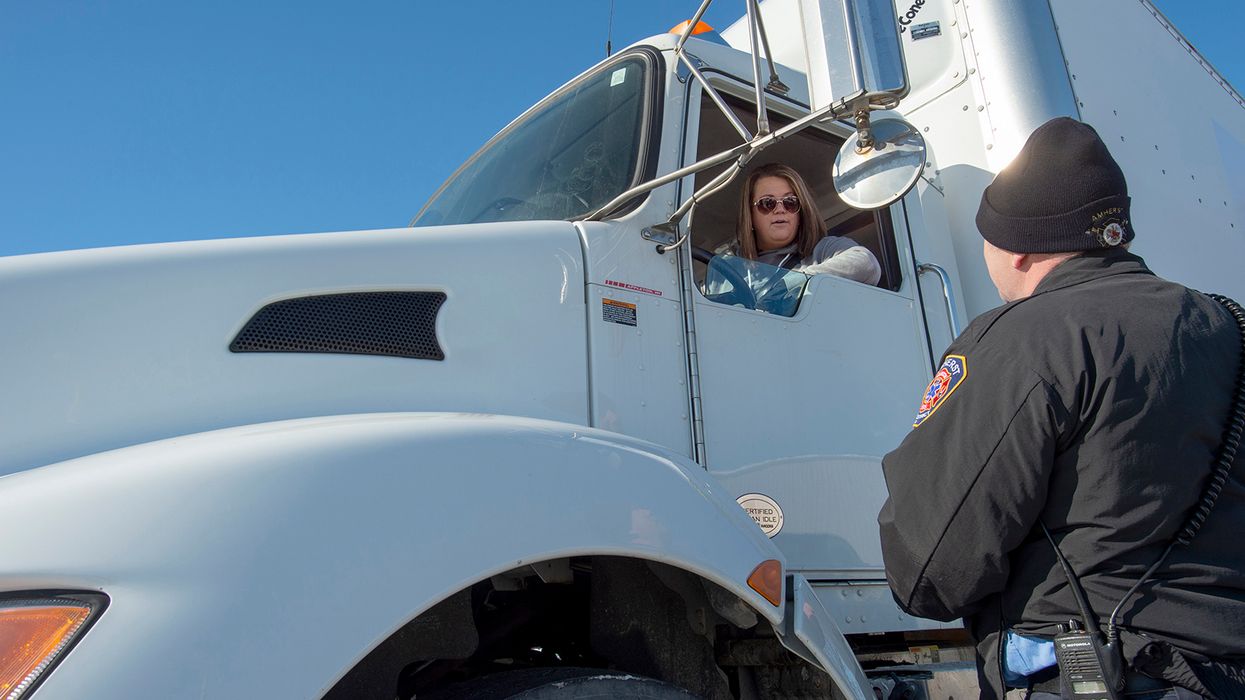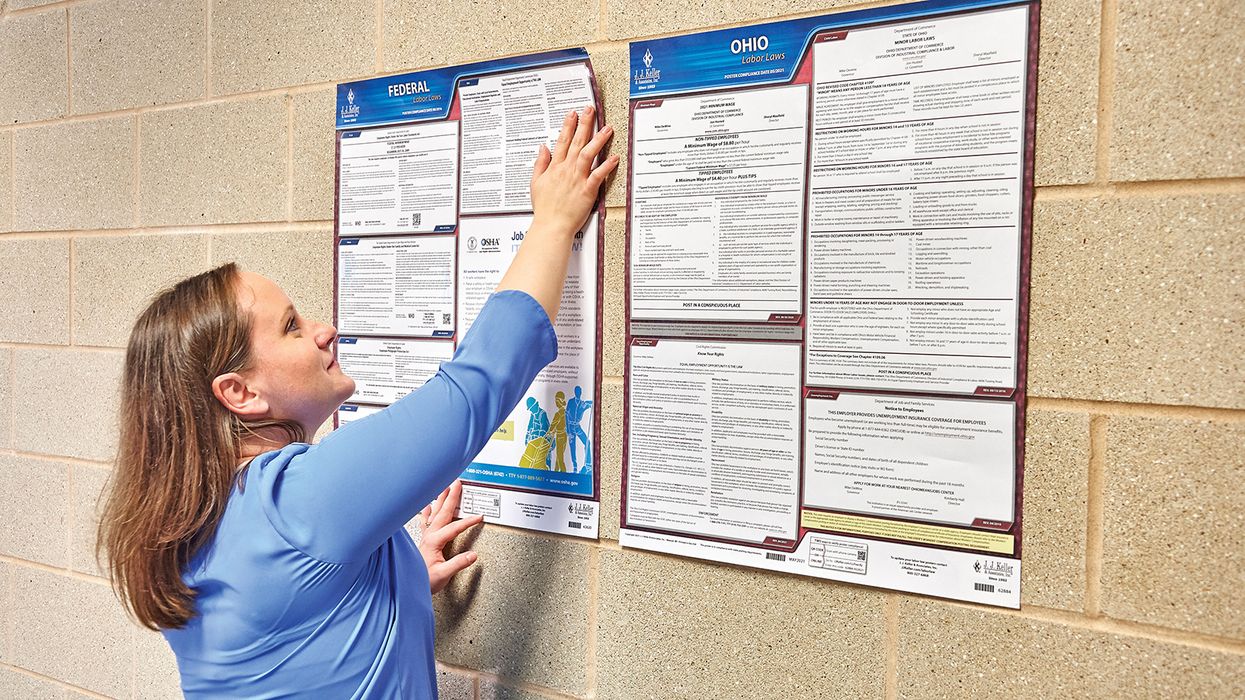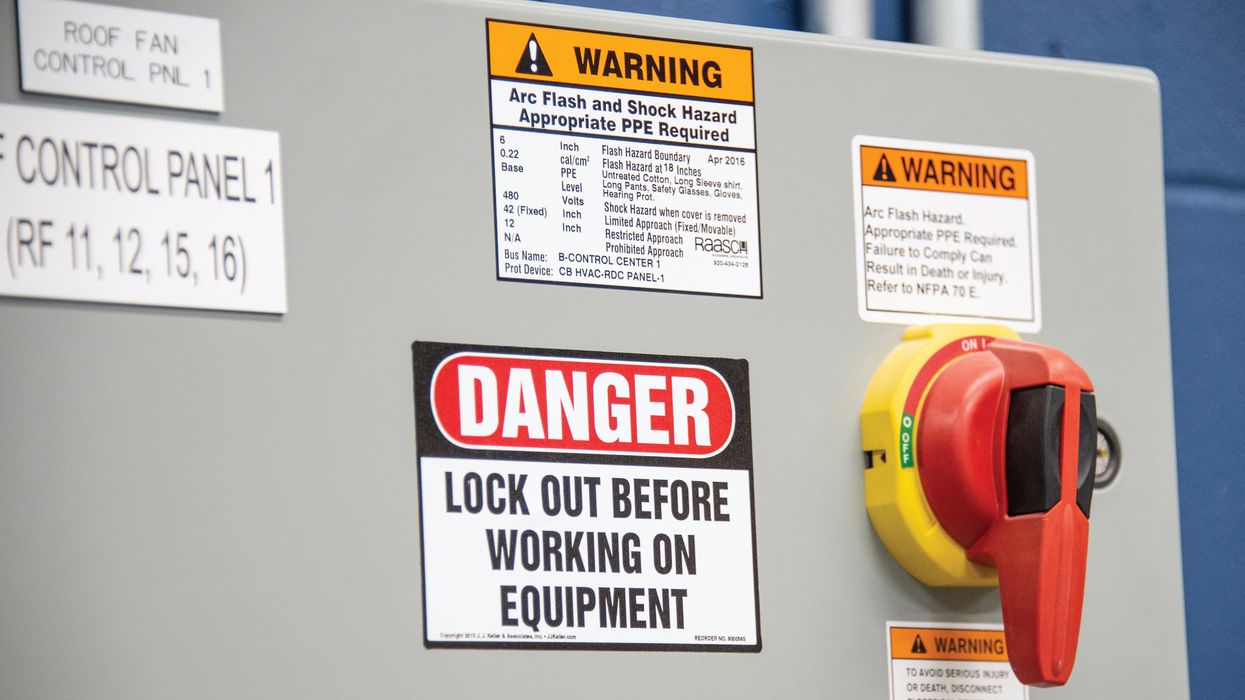Safety poll raises eyebrows: Warehouses face unanticipated top challenge
Warehouse operations pose a LOT of workplace safety challenges. In fact, worker injury/illness rates at warehouses nationwide have dwarfed those of another high-risk industry — construction! However, two safety/health topics jumped out as the toughest nuts to crack in a recent poll of warehouse operations. One was unexpected!
Poll question
A March 2025 report from J. J. Keller and Associates, Inc., tapped 74 professionals. Respondents did not need to be in the “warehousing and storage industry” (or NAICS 493) to participate.
The poll asked, “Which of the following is your biggest warehouse safety/health challenge?” To frame the question, the poll offered options:
- Ergonomics hazards
- Slips, trips, and falls (STFs)
- Exit routes
- Fire protection
- Materials storage hazards
- Powered industrial trucks (PITs)
- Motor vehicle hazards (not PITs)
- Electrical hazards
- Other
- We don’t have a warehouse
Poll results
Seventeen respondents said that their organizations don’t have a warehouse. That left 57 with a warehouse challenge. The results shook out as follows:
| Rank | Challenge | Percentage |
| 1 | Slips, trips, and falls (STFs) | 37% |
| 2 | Powered industrial trucks (PITs) | 21% |
| 3 | Materials storage hazards | 14% |
| 4 | Ergonomic hazards | 11% |
| 5 | Other | 11% |
| 6 | Exit routes | 4% |
| 7 | Electrical hazards | 2% |
| 8 | Motor vehicle hazards (not PITs) | 2% |
| 9 | Fire protection | 0% |
Remarkably, no one selected “Fire protection,” even though the Portable Fire Extinguishers standard ranked sixth in OSHA violations for the warehousing industry last fiscal year (FY).
For “other,” the respondents mentioned personal protective equipment and safety data sheets. Some raised topics associated with ergonomics and PITs. That reveals that these two issues may be greater challenges than indicated.
Boiling it down, two safety/health topics dog over half of the warehouses in the poll — STFs and PITs.
Other data sources
To get perspective, consider Bureau of Labor Statistics (BLS) and OSHA data for NAICS 493. For example, according to BLS, for 2021 to 2022, the top “exposures” that led to days away from work were:
- Overexertion
- Contact with an object, including struck by
- Hazardous substances
- STFs
- Transportation incidents
BLS fatality statistics for 2023 show these leading exposures:
- Transportation incidents
- Violent acts
- Falls to a lower level
- Harmful substances
- Contact incidents
Similarly, BLS explains that five “sources” of injury/illness with days away for 2021 to 2022 dominate the pack:
- Containers
- Vehicles
- Persons
- Floors, walkways, and ground surfaces
- Parts and materials
The most-violated OSHA standards for NAICS 493 in FY 2024 were 29 CFR:
- 1910.178, PITs
- 1910.37, Exit routes
- 1910.303, Electrical – General
- 1910.1200, Hazard communication
- 1910.305, Electrical wiring
Also, last year, OSHA revealed the top citations under its warehousing National Emphasis Program:
Results are a little surprising
Given uppermost BLS and OSHA warehouse-related data that points at PITs, ergonomics, and motor vehicles, you might not have anticipated STFs to overwhelmingly command the lead. Possible explanations might be that:
- OSHA has a regulation for walking-working surfaces (WWS) but none for ergonomics.
- OSHA has a fall prevention campaign and National Emphasis Program.
- STF events/hazards are more visible than ergonomics injuries/hazards.
- Many STF events may not reach BLS because they’re less than recordable and don’t involve days away.
- BLS data reflects the injury/illness data received from employers. If that data is underreported, it’s flawed.
- OSHA inspectors “might” focus more attention on warehouse PIT, exit route, and electrical violations because those violations rank high every year.
Whatever the explanation, there’s a disconnect between what our respondents’ challenge areas are and what BLS and OSHA see for major causes of injuries/illnesses and violations, respectively. Yet, there’s value in combating the biggest challenges that turned up in our poll.
STFs
OSHA mandates that WWS be inspected regularly. Once you determine an inspection frequency that will keep surfaces safe, stick to it. The agency also calls for WWS inspections when conditions warrant an additional check.
To prevent falling off the dock edge, the dock doors must be closed when not in use, or a guardrail system must be in place. “Dock jumping” is prohibited. If workers need to go down at the dock area, make sure they use the stairs provided.
PITs
Chief compliance issues involving PITs are training and maintenance. Before operating a PIT, your workers must successfully complete training and be evaluated on their operating skills. OSHA also requires PITs to be examined at least daily before being placed into service. In addition, you need to have authorized personnel perform routine checks and preventive maintenance to keep PITs in safe operating condition.
Key to remember
Two safety and health topics, STFs and PITs, bubbled up as the toughest in a recent poll of warehouse operations. The top challenge was unpredicted.






